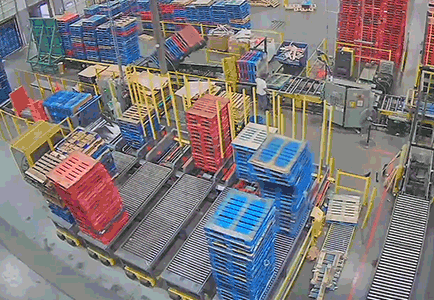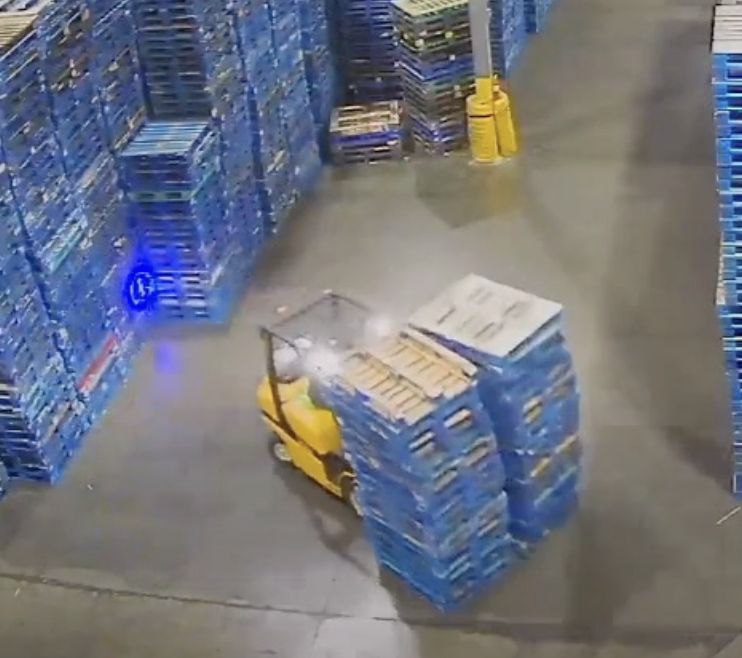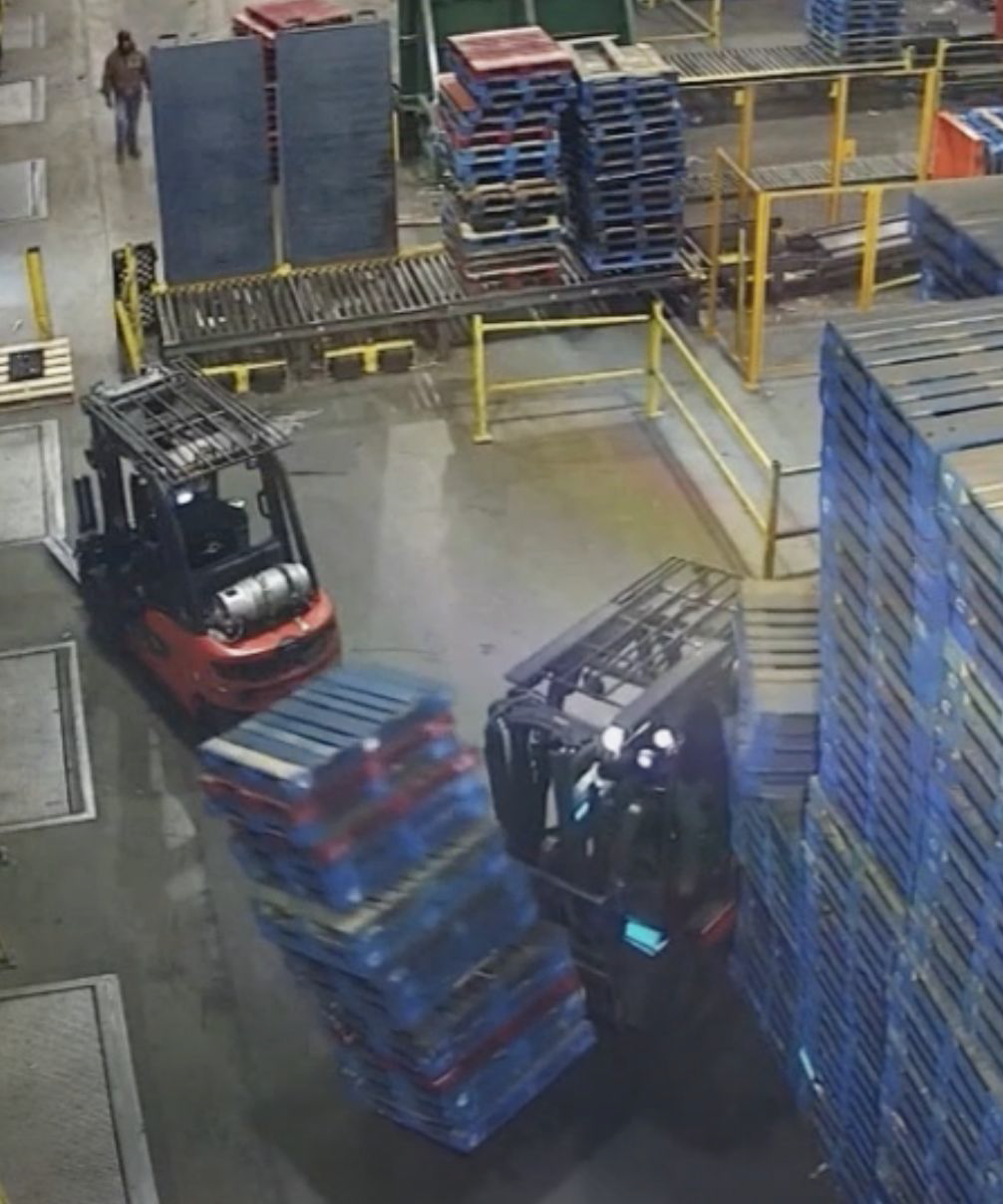
Propak
Case Study.
Seeing Safety: How Propak Reduced Risk by 73% with AI-Driven Insights
Harnessing AI to Transform Broker Relationships and Elevate Client Satisfaction
Propak provides pallet management solutions to customers, including packaging, transporting, sorting, storing, repairing, and recycling, with more than 50 locations throughout North America. Their Mira Loma, California location was experiencing elevated risk exposures.
The management team was aware of hazards related to cargo falling, the types of accidents within the facility, and near misses of employees, but they did not know how frequently the hazards were occurring or the best way to address them.



Start of Engagement
The Hartford brought in CompScience to help the Propak team solve their safety and claims challenges using the latest in work safety technology. Propak’s efforts were led by Bryan Harris, the onsite manager, and his executive team, Michelle McCurry, VP of Risk Management.
To kick off the risk reduction program and begin to leverage the full power of the CompScience Intelligent Safety Platform, Propak shared workplace video through a simple upload to a secure server. CompScience analyzed that video, applying AI “detectors” to look at specific risks in Propak’s operations. The CompScience Intelligent Safety Platform then identified and quantified specific risk events by work area, time of day, and type of potential injury.

Results Metrics
Armed with data quantifying Armed with a quantification of the large number of hazardous risky forklift events and real-life video footage showing near misses, the team reinforced the policy of not driving with loads that obstruct visibility and operating the forklift in reverse to gain visibility. The team went a step further to address challenging intersections near production areas where the majority of events were occurring. The drivers watched the videos as well and understood the need to make these changes.
As the implementation of risk reduction recommendations began, weekly updates with the employees and executive team focused on improving not only risk, but fostering internal communications that emphasized a cultural shift towards improving the workplace. This changed the topic of conversation from burdensome safety guidelines to a workplace benefit of wellbeing.
73%
Reduction in line of sight hazards
50%
Reduction in lost time and DART rates
24%
Reduction in employee turnover
Increased Productivity
With fewer injuries, the facilities were able to maintain higher productivity levels without the disruptions caused by workplace accidents.
Lower Employee Turnover
The enhanced focus on safety contributed to higher employee satisfaction and retention, as workers felt more valued and protected.
Reduction in Lost Hours Due to Injuries
The decrease in the number of injuries directly translated into fewer lost work hours, contributing to more consistent operations and higher-quality output.

